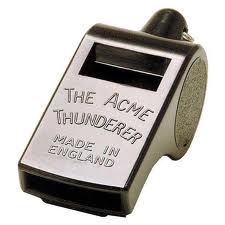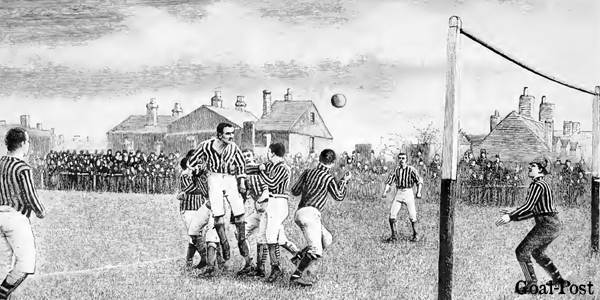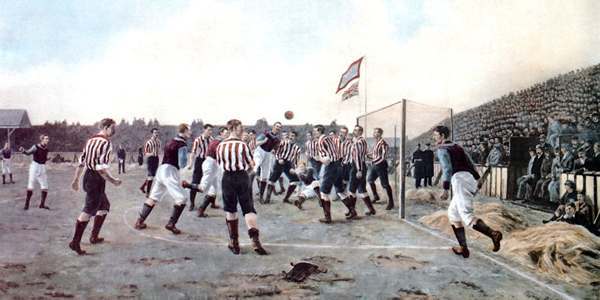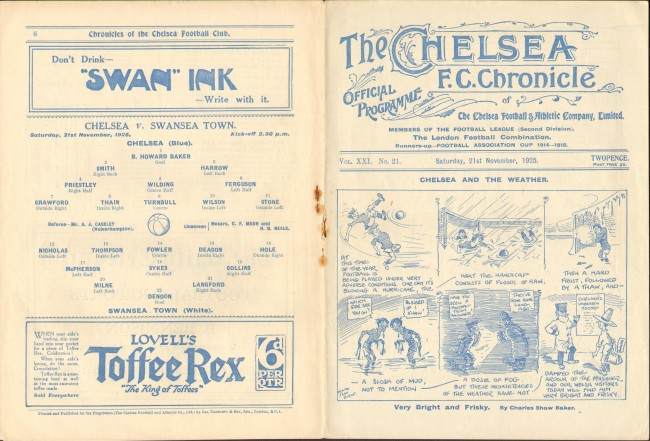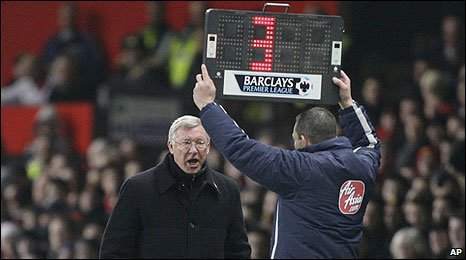Ten landmark innovations that shaped football
AS Hawk-Eye is launched at the Emirates, bringing goal-line technology to the Barclays Premier League at last, we look back on ten landmark innovations that have shaped the game we know and love.
Goal posts
Long before jumpers, there were goal posts. Their raison d’être was to indicate where the goal was, but they served another purpose too: a notch was ‘scored’ on them after each goal, hence the phrase ‘score a goal’.
Nowadays posts are round (to allow a true bounce, unlike previous square ones) and white. But there is no actual rule saying they must be white, so in theory they could be painted in a club’s (or sponsor’s) colours, as they have been in the past.
Referee’s whistle
Refs originally made do with waving a white handkerchief to alert players to their decisions. Nottingham Forest’s accounts refer to the purchase of an ‘umpire’s whistle’ in 1872, and the pea whistle itself dates from the late nineteenth century, when the ACME Whistle Company began manufacturing them for the Metropolitan Police. Whistles were first included in the Laws of the Game in 1936.
Crossbars
Crossbars were introduced in 1875, with both Sheffield FC and Queen’s Park claiming to be the first to do so, and they were made compulsory in 1882. In the preceding period tape had been used. Before tape there was no limit to how high a goal could be scored. It was introduced in 1866 after a game at Reigate when a goal was scored at a height of 90 feet.
Floodlights
Floodlights used as early as 1878, when Bramall Lane staged experimental games under lights, and Thames Ironworks (the precursor to West Ham United) soon followed suit. Herbert Chapman fitted lights under the new West Stand at Highbury in the 1930s, but the Football League didn’t sanction the use of floodlights until 1951. The first official game played under them was at The Dell (pictured) where Southampton Reserves played Tottenham Hotspur Reserves.
Nets
JA Brodie patented goal nets in 1890 and they were first used officially the following year by Liverpool ramblers AFC at the Crosby Cricket Ground, and by Nottingham Forest at their Town Ground. A year later they were used in the FA Cup Final between Blackburn Rovers and Notts County (pictured) but it took a while before they really caught on. This 1895 painting shows nets in use during a match between Sunderland and Aston Villa.
Shirt numbers
First worn in Europe on 25 August 1928 (Sheffield Wednesday v Arsenal and Chelsea v Swansea). ‘Numbered Jerseys A Success’ was the headline in the Daily Mirror. The rationale was more for the spectators’ benefit than the referee’s, and the numbers were allocated according to position. When Chelsea toured South America at the end of the decade they were referred to as ‘Los Numerados’. Numbers became mandatory in the English league in 1939.
Coloured flags
For England’s 1946 match at Wembley against Belgium the linesmen used bright red and yellow flags – colours that had been used by the Army and RAF to stand out against murky backgrounds. By this time, flags had long been in use by linesmen to alert the referee’s attention, but before 1891 the linesmen were permitted to stop play themselves. Their loss of power that year led to the phrase ‘play to the whistle not the flag’, to remind players not to stop when a flag was raised, lest the ref should ignore it.
Substitutes
Contrary to popular belief, substitutes date back to the early days of the game, when they were used according to agreements between teams. However, they were not used officially in English professional football until 1965. On 21 August that year, Keith Peacock of Charlton Athletic became the first sub to be used.
Red and yellow cards
First used in 1970 at the FIFA World Cup in Mexico. Invented by English referee Ken Aston, who had the idea while driving home from the notorious England v Argentina quarter-final at the previous World Cup. He was in charge of referees for the tournament, and had to go onto the pitch during the game to tell the Argentinian captain to leave the field after his dismissal. He wrote later: ‘As I drove down Kensington High Street, the traffic light turned red. I thought, “Yellow, take it easy; red, stop, you’re off.”’
The card system proved a great success, although it was dropped by the Football League for most of the 1980s, apparently to encourage refs to reflect on their actions while reaching for their notebook and pen, rather than impulsively brandishing a card.
Cards now appear to be here to stay, yet the phrase ‘booking’ persists.
Fourth officials
The fourth official was not introduced officially until 1991 (although Ken Aston had introduced replacement referees in 1966). Now an integral yet discreet part of the officiating team, with responsibilities such as announcing ‘Fergie time’ they occasionally hit the headlines – and never more spectacularly than during the 2006 World Cup final, when Luis Medina Catalejo alerted the referee to Zinedine Zidane’s headbutt on Marco Materazzi.
Posted: 10th, August 2013 | In: Key Posts, Sports 0 Comments | TrackBack | Permalink



